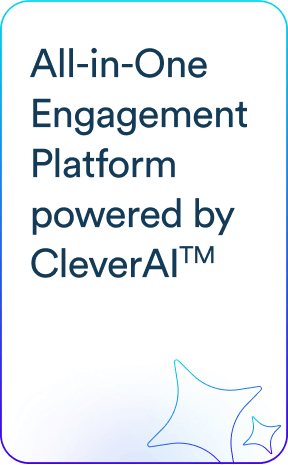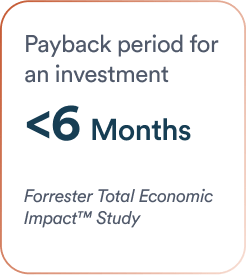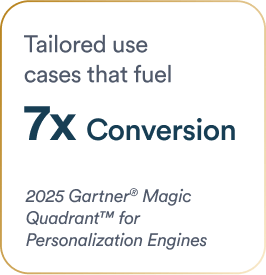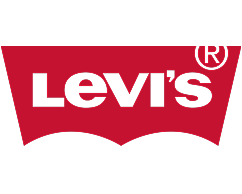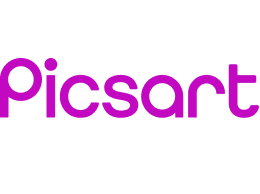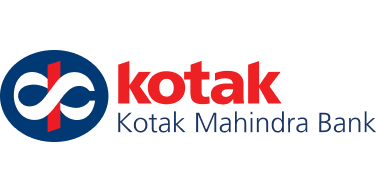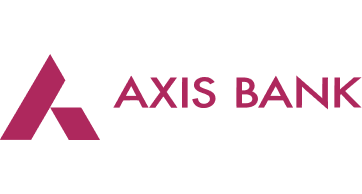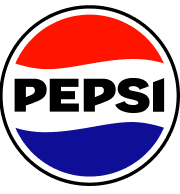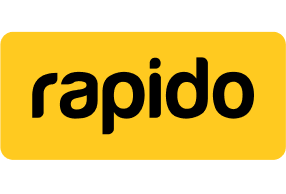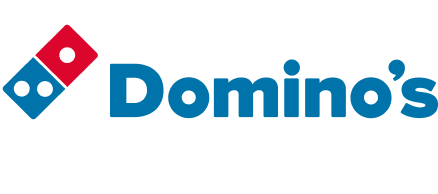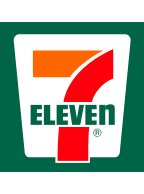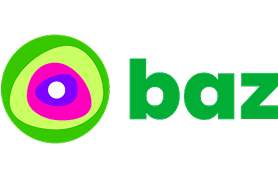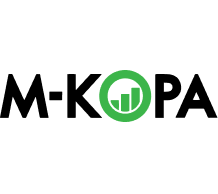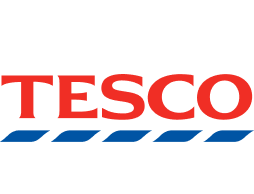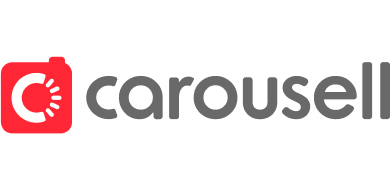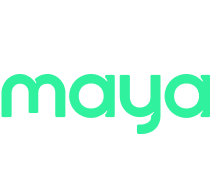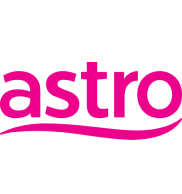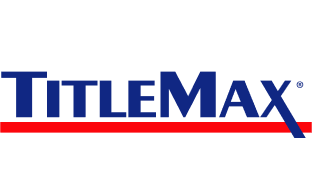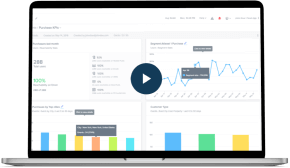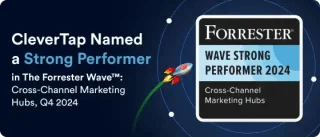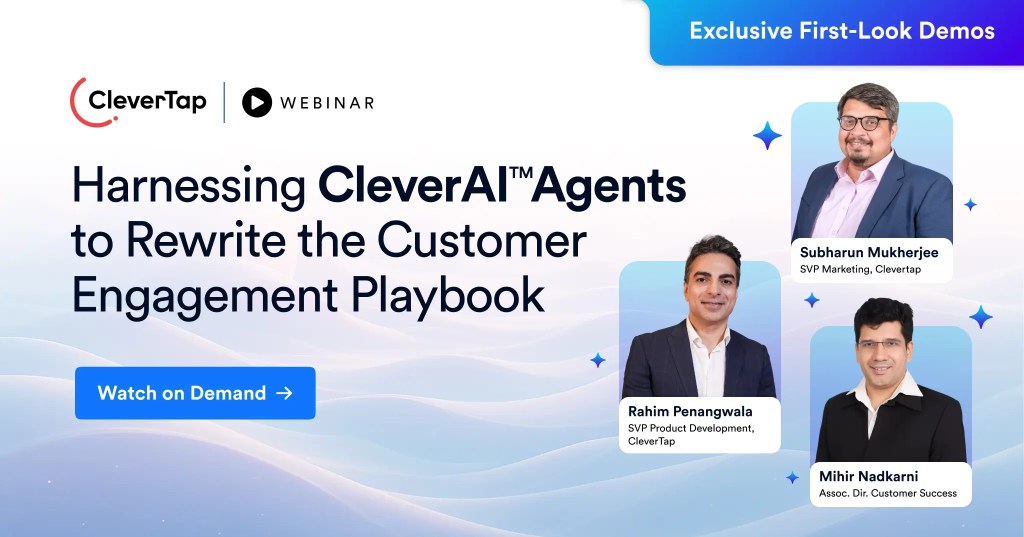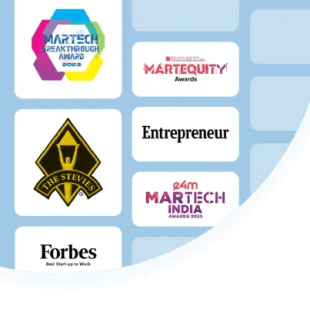Marketing has evolved from spreadsheets and manual campaign setups to basic automation, and now to intelligent automation or IA. Intelligent automation blends AI-driven analytics, machine learning, and robotic process automation (RPA) to power smarter, self-learning workflows.
The intelligent automation market was valued at about USD 11.2 billion in 2025, and is projected to reach USD 84.2 billion by 2037, with an average growth rate of 18.6%.
Marketers cannot ignore this transformation. As competition intensifies, teams must deliver deep personalization and efficiency at scale. An intelligent automation-driven campaign learns from outcomes and adjusts strategy automatically.
In this blog, we’ll define intelligent automation and related terms like intelligent process automation and hyperautomation, explore its core components, and outline the benefits it brings to marketers.
What is Intelligent Automation (IA)?
Intelligent automation refers to the use of advanced automation technologies to optimize business processes and decision-making. It is the combination of RPA, machine learning, and AI that streamlines and scales decision-making across an organization.
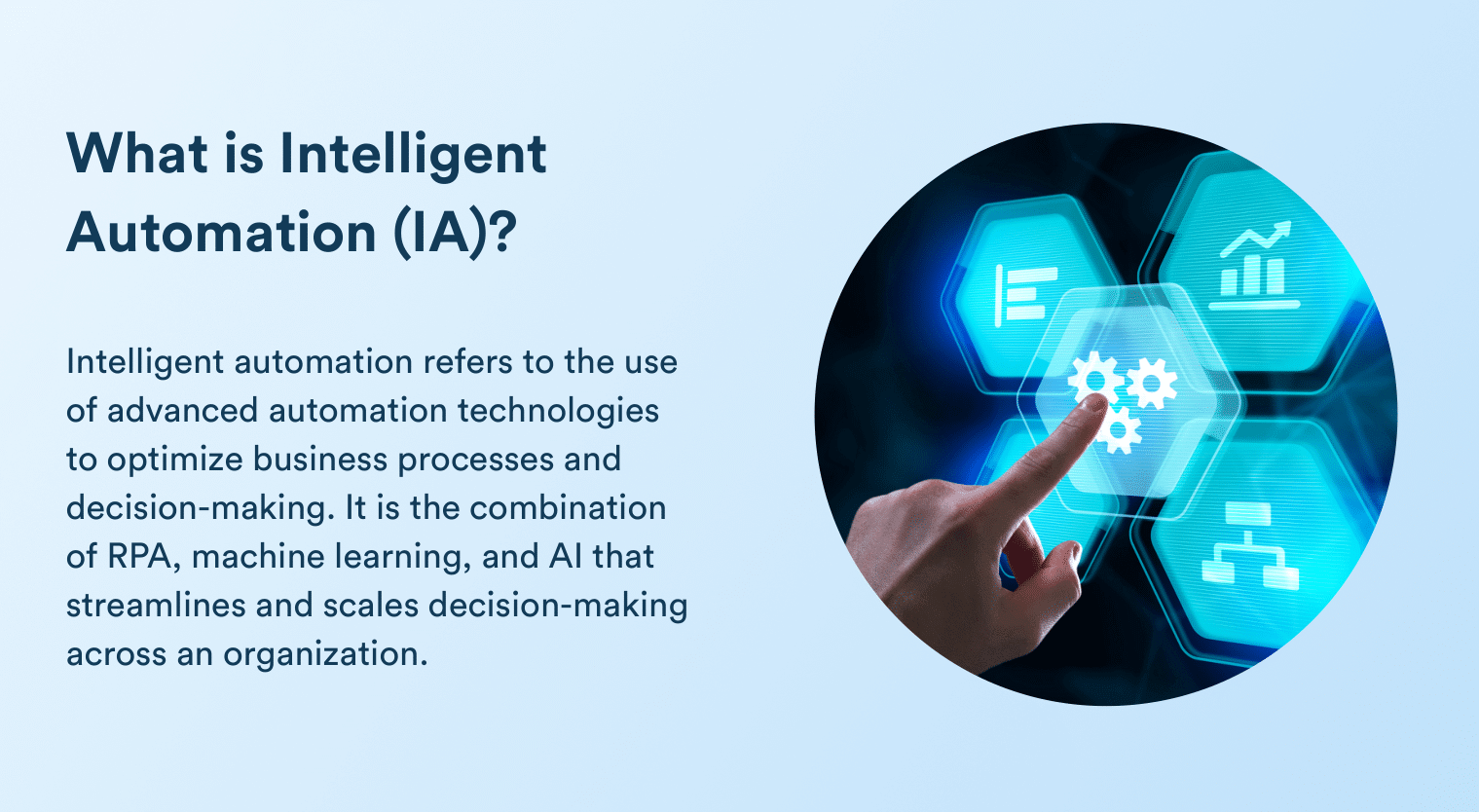
Traditional automation systems, such as RPA or scripting, follow static rules and handle repetitive tasks, but cannot adapt on their own. Intelligent automation adds cognitive capabilities on top of these basic automations. For example, a traditional RPA bot might copy data between systems, whereas an IA-enhanced bot could use natural language processing (NLP) to interpret an email and automatically determine the next action.
IA augments RPA by giving bots the ability to analyze inputs and improve. Over time, an intelligent automation-driven marketing campaign learns from engagement data and adjusts parameters, like send times or content, on its own.
The Link to Intelligent Process Automation (IPA)
While the terms intelligent automation and intelligent process automation are often used interchangeably, they are not identical.
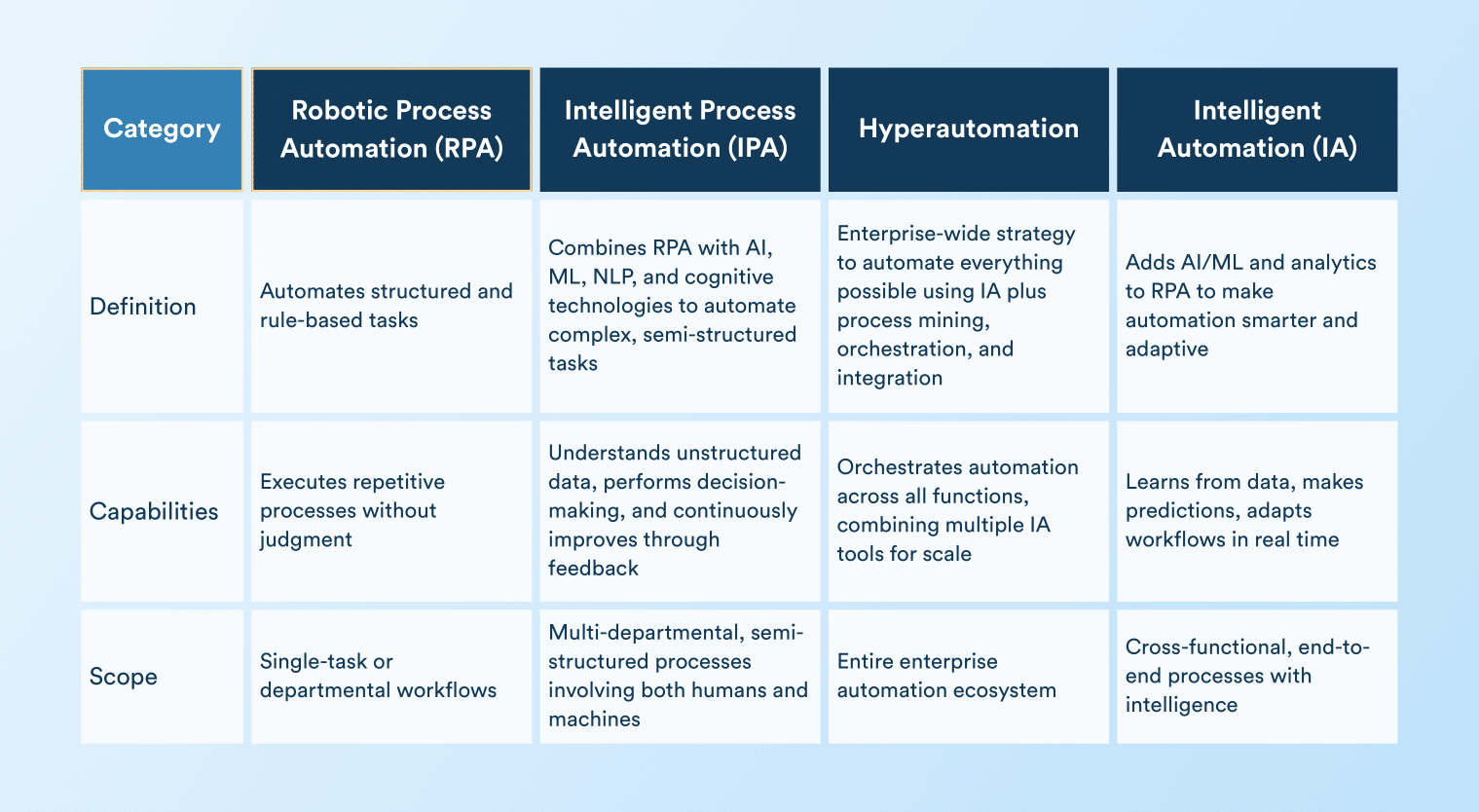
- Robotic process automation (RPA) focuses on automating repetitive, rule-based tasks.
- Intelligent process automation (IPA) builds on RPA by integrating cognitive technologies such as AI, machine learning, NLP, and computer vision. The goal is to automate entire business processes end-to-end.
- Intelligent automation (IA) is a broader concept that encompasses IPA but also extends to decision engines, predictive analytics, and enterprise-wide orchestration. IA is often seen as a foundational layer of hyperautomation, where organizations combine multiple automation tools and methodologies to scale automation across all departments.
IPA enables automation of key workflows such as customer segmentation, campaign deployment, or churn prediction. IA goes further by applying advanced analytics and decisioning to orchestrate personalized journeys at scale, optimize engagement in real time, and support continuous improvement of marketing performance.
What are the Components of Intelligent Automation (IA)?
Intelligent automation systems are built on several integrated layers that work together to deliver end-to-end efficiency and adaptability:
- Artificial Intelligence and Machine Learning (AI/ML): Algorithms analyze data, identify patterns, and make predictions, such as churn forecasting and send-time optimization. Models continuously retrain on new data, allowing processes to self-adjust.
- Robotic Process Automation (RPA): Software bots execute repetitive tasks across systems, such as transferring data between CRM and email platforms or completing forms. In IA, RPA forms the digital workforce handling rule-based steps.
- Business Process Management (Workflow Orchestration): Defines and manages complex workflows, ensuring tasks follow the right sequence. It connects AI engines, bots, and enterprise data sources.
- Analytics and Data Integration: Large volumes of customer data from apps, web, and CRM are ingested in real time. Insights power AI models and dashboards, enabling marketers to track campaign performance and adjust targeting or timing automatically.
- Natural Language Processing (NLP) and Computer Vision: NLP interprets human language, while computer vision processes images, e.g., product photos, scanned docs. Together, they extend IA to tasks involving text or visuals.
- Decision Engines and Business Rules: Decision engines apply AI outputs and configurable business rules to select the next best action. Updating these rules ensures alignment with marketing objectives.

These layers form a continuous feedback loop. Data informs AI, insights guide decisions, bots act, and new data refines the system. For marketers, this means automated segmentation, content personalization, and channel optimization, all improving campaign outcomes with minimal manual effort.
The Benefits of Intelligent Automation for Marketers
Intelligent automation offers marketing teams several strategic advantages:
1. Personalization at Scale
Intelligent automation enables real-time segmentation and targeting that would be impossible manually. By using AI to analyze user behavior and preferences, campaigns can be instantly tailored to each individual.
A campaign can dynamically insert a user’s favorite product or custom offer, making messages feel relevant. Personalized outreach of this kind typically drives higher open rates and conversions than generic blasts.
2. Dynamic Journey Orchestration
Intelligent automation can continuously monitor customer journeys and adjust them on the fly. Instead of pre-scheduled broadcasts, an IA system routes each customer down the most effective path.
For example, if a user just made a purchase, the AI may pause promotional flows and switch to a thank-you email. Advanced agentic AI tools like CleverAI’s Decision Agents are being developed to handle these choices autonomously, matching customers to the right next touchpoint based on their behavior. The result is an adaptive, omni-channel experience where each customer’s journey is personalized in real time.
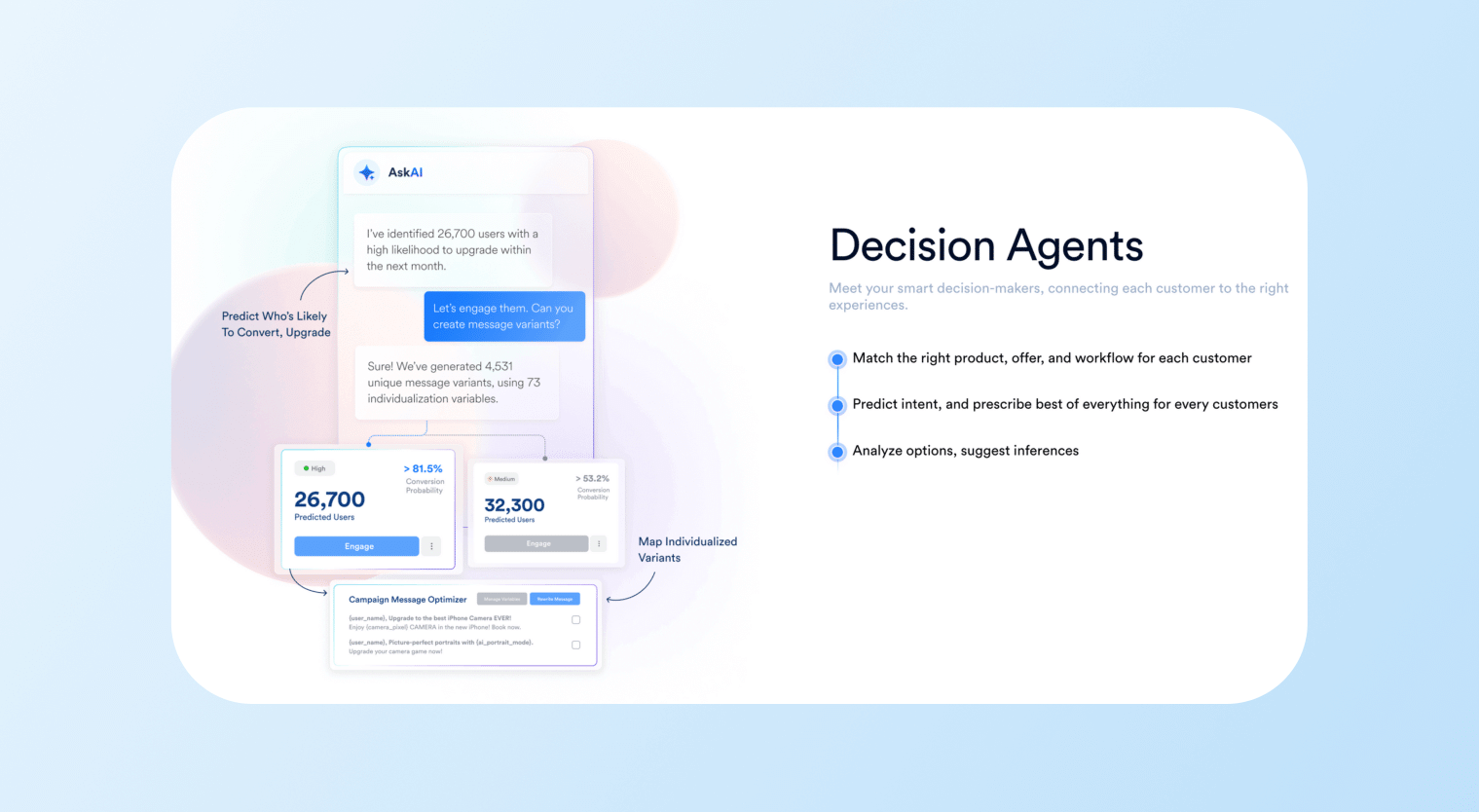
3. Reduced Manual Work
Tedious campaign tasks, such as tagging, list updates, and segmentation, can be automated. A few people can now set up campaigns that once required dozens of marketers and analysts.
For example, instead of manually drafting dozens of creative variants, teams can use generative AI like Scribe to suggest copy and layouts. This frees marketing teams to focus on strategy rather than busywork. The freed-up time allows more experimentation and innovation rather than repetitive tasks.
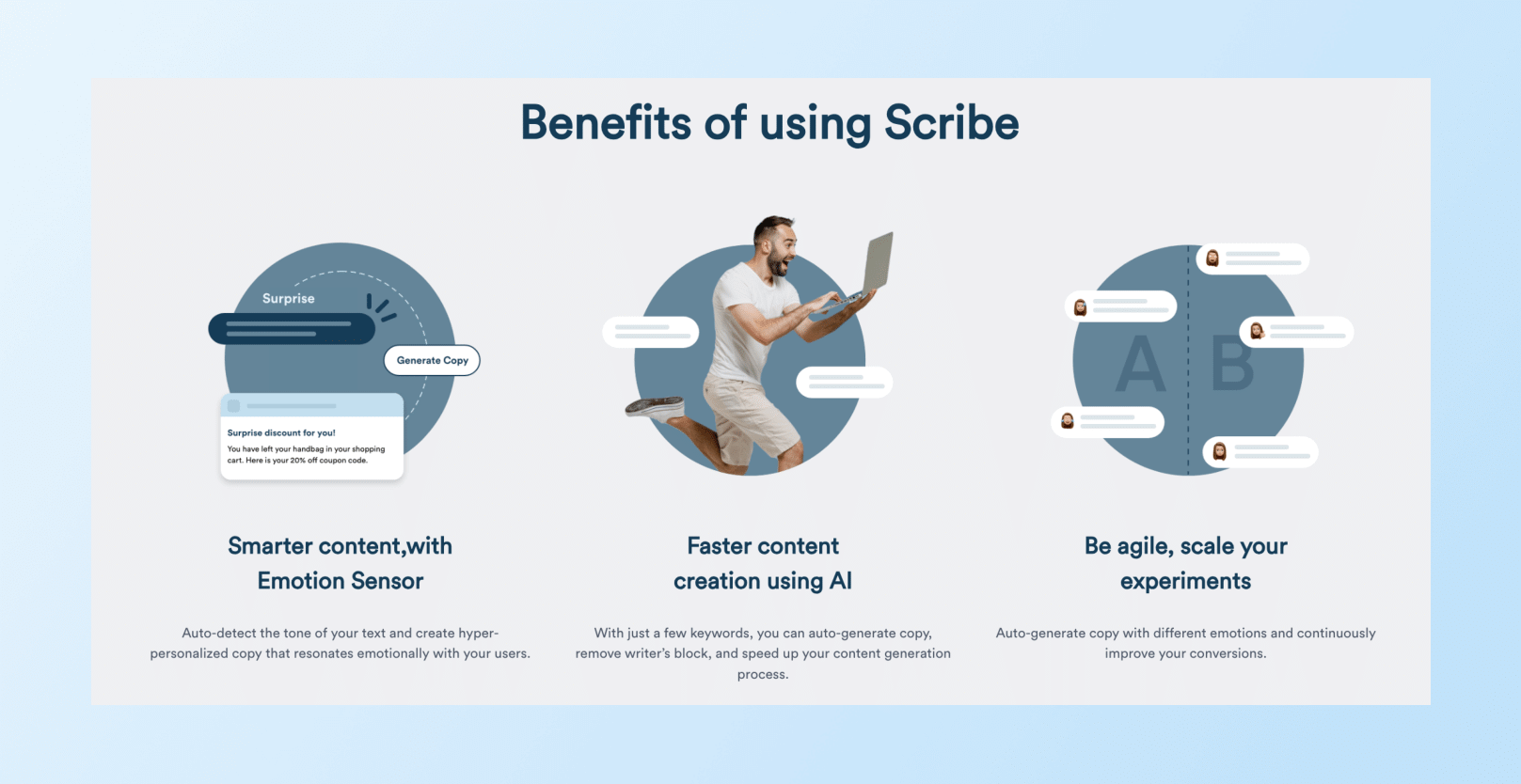
4. Improved A/B Testing and Optimization through AI
With IA, A/B tests and multivariate optimizations happen continuously. AI can automatically test multiple headlines, images, or channel sequences and learn which combination works best for each audience.
This yields faster wins as campaigns converge on top-performing content much quicker than manual tests. CleverTap Scribe expedites content generation for multivariate testing, reducing days of work into minutes. The platform then automatically selects the winning creative and applies it broadly.
5. Decision-Making Through Predictive Analytics
Intelligent automation empowers marketers with forecasting insights. Predictive models can score users for customer lifetime value (CLV), churn risk, or upsell likelihood. Marketers then proactively tailor strategies, for example, offering loyalty rewards to high-CLV users, or sending a win-back coupon to a predicted churner.
CleverTap’s predictive engine even identifies users as high-value or at-risk using RFM-based segments. These insights enable smarter budget allocation and campaign focus on the right customers.
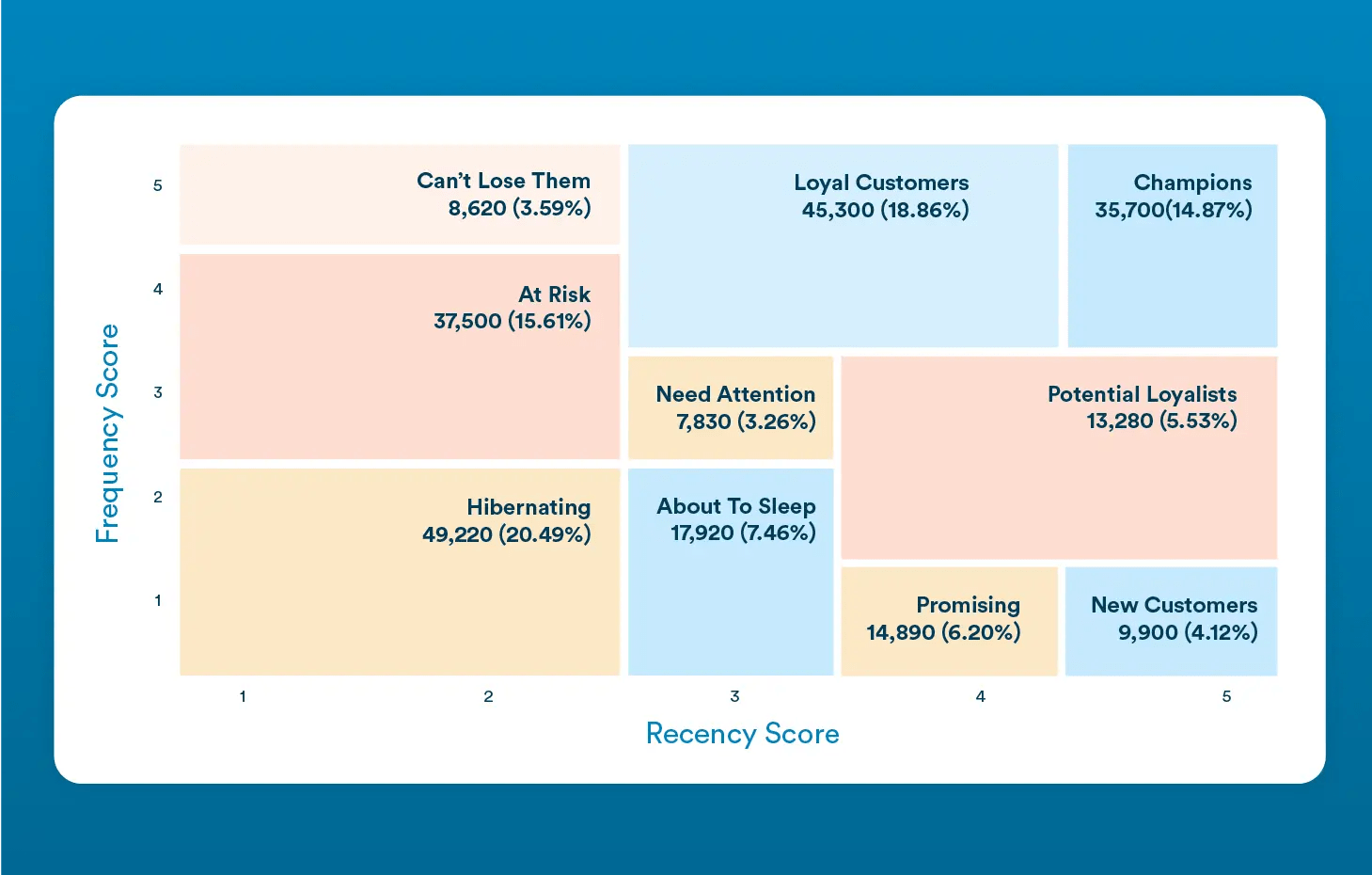
Top Intelligent Automation Use Cases Across Industries
Intelligent automation delivers value far beyond marketing. Here are key use cases in various sectors:
1. Banking & Finance
Banks and financial institutions use IA to improve efficiency, manage risk, and enhance customer experience.
- Fraud Detection: AI models analyze transactions in real time, flagging anomalies and preventing fraudulent activity.
- Customer Onboarding and KYC: Bots screen identity documents, verify compliance, and accelerate Know Your Customer (KYC) checks, cutting processing times from days to minutes.
- Loan Processing: IA extracts data from loan applications, validates it, and automates underwriting, reducing manual errors and delays.
- Personalized Credit Offers: By combining predictive analytics with customer profiles, banks can generate tailored credit card or loan offers, ensuring higher relevance and improving cross-sell and upsell opportunities.
- Compliance and Contract Management: Automated workflows ensure adherence to regulations while streamlining documentation and approval processes.
Learn how AI helps improve customer experience.
2. Retail & E-Commerce
Retailers and e-commerce platforms use marketing automation to optimize operations and deliver personalized shopping experiences.
- Predictive Inventory Management: AI models forecast demand based on seasonality, trends, and customer behavior, helping retailers minimize stockouts and overstocking.
- Dynamic Pricing: IA analyzes competitor prices, demand signals, and inventory levels in real time to automatically adjust product pricing for maximum profitability.
- Personalized Recommendations: Machine learning engines analyze browsing, purchase history, and contextual data to suggest highly relevant products, improving conversions and average order value.
- Customer Support Automation: Chatbots and virtual assistants, powered by NLP, resolve queries instantly, freeing human agents for complex issues.
- Supply Chain Efficiency: Automated workflows streamline order fulfillment, shipment tracking, and return management.
3. Healthcare
Healthcare organizations use intelligent automation to improve patient outcomes, reduce administrative burden, and ensure compliance.
- Claims Processing: Bots extract and validate data from claims forms, reducing manual errors and speeding up reimbursements.
- Patient Data Entry: RPA automates the transfer of patient information across systems, ensuring accuracy and compliance with regulations.
- Proactive Appointment Reminders: AI-driven messaging platforms send reminders via SMS, email, or app notifications, reducing no-shows.
- Virtual Health Assistants: NLP-based chatbots provide symptom checks, medication reminders, and triage support.
4. Telecom
Telecom companies deploy intelligent automation to handle high-volume operations and enhance customer experience in competitive markets.
- Service Ticket Automation: Bots categorize, route, and resolve common service requests, reducing wait times.
- Churn Prediction: Predictive analytics models flag at-risk customers, enabling retention teams to act before disconnections occur.
- Network Optimization: AI monitors network traffic and automates load balancing to ensure reliability and uptime.
- Billing and Collections: Automated workflows process invoices, track payments, and follow up on outstanding bills.
5. Travel & Hospitality
Travel and hospitality businesses adopt intelligent automation to streamline operations and personalize guest experiences.
- Chatbots and Virtual Concierges: NLP-powered assistants handle booking queries, itinerary changes, and FAQs 24/7.
- Itinerary Updates: Automated systems adjust travel schedules and notify customers instantly in case of flight changes or cancellations.
- Sentiment-aware Feedback Loops: AI analyzes guest reviews and feedback in real time, triggering service recovery actions when negative sentiment is detected.
- Personalized Recommendations: Hotels and platforms use predictive analytics to tailor offers, e.g., room upgrades, destination activities, to individual traveler preferences.
- Operational Efficiency: RPA handles tasks like invoice processing, room availability updates, and vendor coordination.
Ready to power your marketing with intelligent automation? Explore how CleverTap’s AI-powered engagement platform helps you predict, personalize, and automate at scale.
11 Intelligent Automation Examples in Marketing
The examples shared below show how intelligent automation is being applied across industries to enhance personalization, streamline workflows, and optimize customer engagement.
Each use case demonstrates the practical impact of combining AI, automation, and data-driven insights in modern marketing.
1. AI-Powered Campaign Subject Line Generator
Crafting the perfect message can be automated. Intelligent marketing automation tools generate campaign copy and subject lines. It analyzes context and emotional tone, for example, optimizing for feelings like FOMO, trust, or excitement.
For example, Niyo utilized CleverTap’s Scribe to craft emotionally intelligent subject lines to create a sense of anticipation, urgency, and trust. This approach led to a 2X increase in click-through rates and a 40% optimized conversion rate through precise targeting. Niyo’s success underscores how AI can enhance campaign relevance and performance.
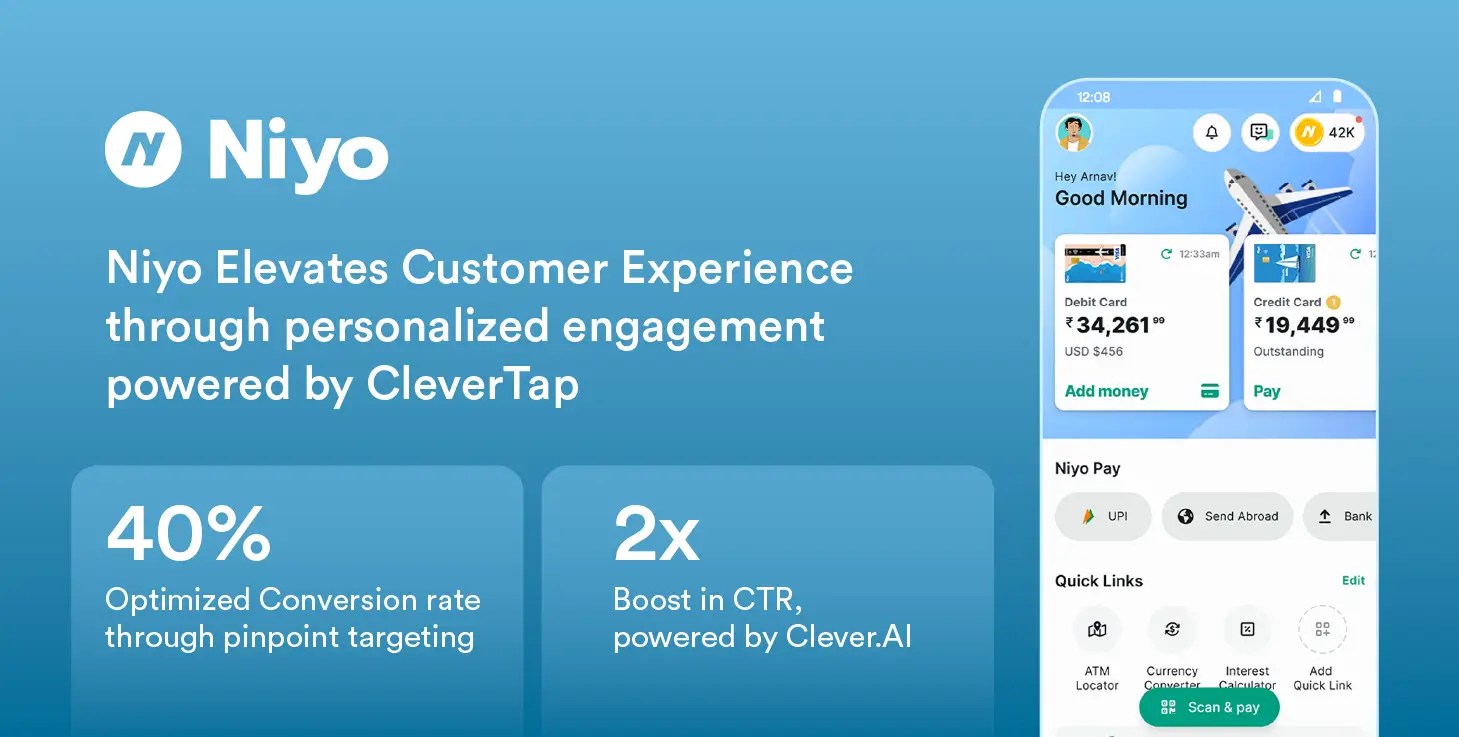
2. Predictive Churn Segmentation To Trigger Win-Back Flows
Predictive analytics can identify users likely to churn, then trigger campaigns to keep them. Predictive segmentation helps automatically find at-risk cohorts, e.g., users who have gone cold, and plug them into targeted win-back campaign flows.
For example, Paysend utilized CleverTap’s predictive segmentation to identify users at risk of churn, such as those who registered but hadn’t transacted within three days or previously active users who became inactive.
They then triggered automated, behavior-driven campaigns across email, SMS, and push notifications to re-engage these segments. This approach led to a 23% increase in repeat transactions quarter-over-quarter.
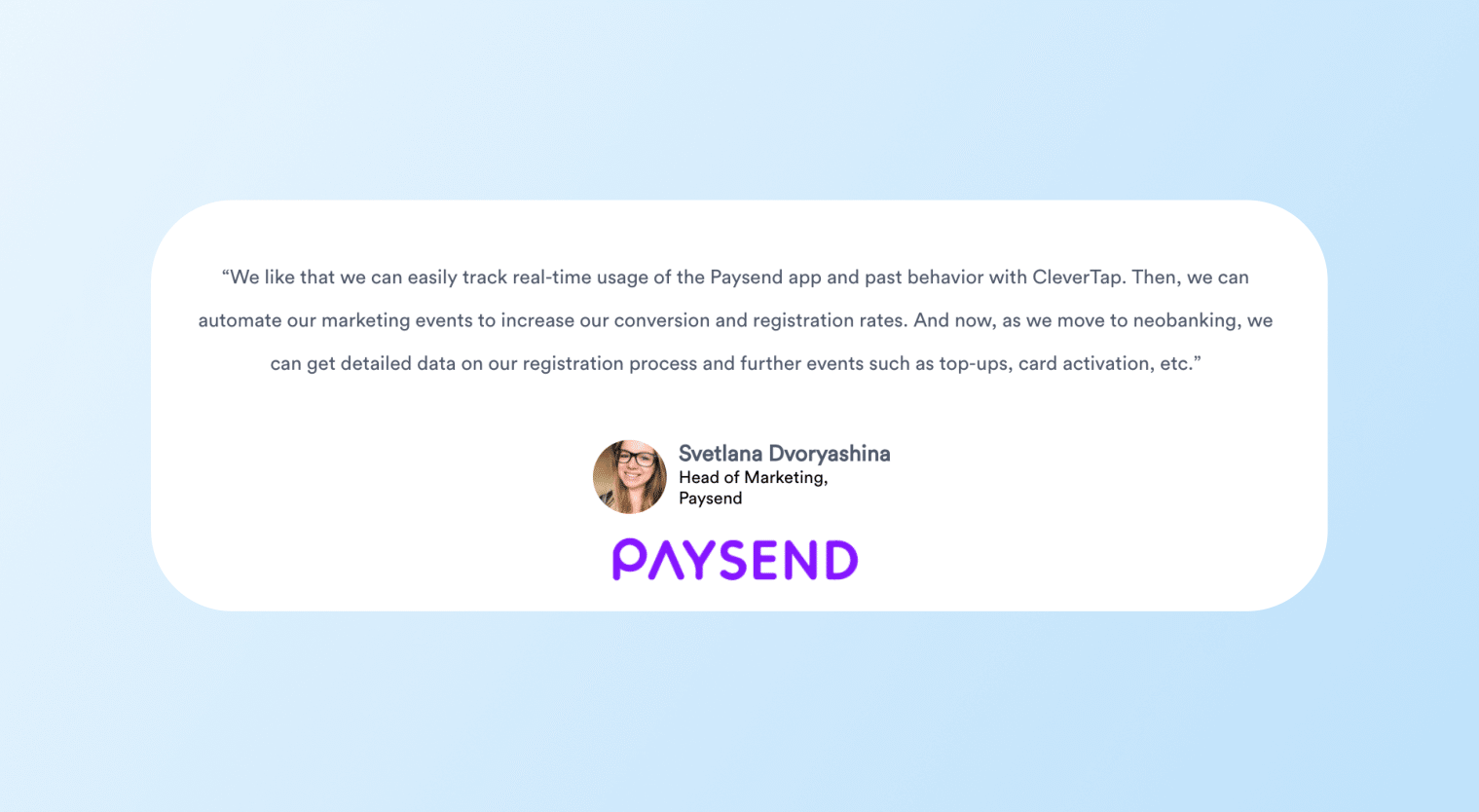
3. Hyper-Personalized Push Notifications Based On Real-Time Behavior
Instead of generic blasts, push notifications can be customized per user using intelligent automation. For example, a shopping app might use real-time browsing data to send a push featuring the exact product category a user last viewed. The IA engine assesses context, such as time of day, recent behavior, or loyalty tier, and selects the content.
CleverTap’s platform supports such hyper-personalization, allowing marketers to define smart filters and letting AI choose the content. Studies show that personalized push campaigns can have 800% more open rates compared to one-size-fits-all messages.
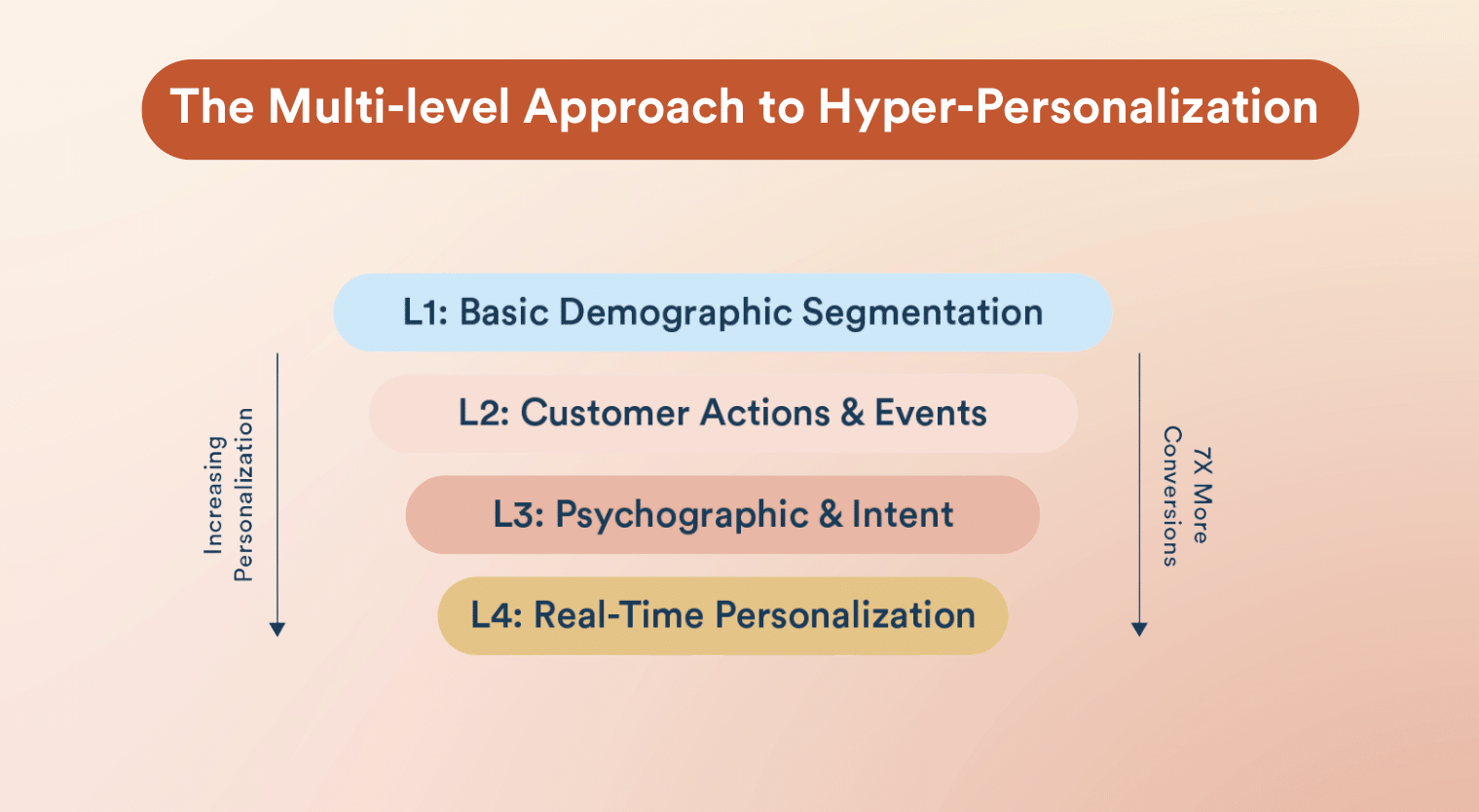
4. Automated A/B Testing Of Messaging And Creative
Intelligent automation can automate and accelerate A/B testing. Rather than manually creating two versions, a marketer can feed multiple variants of text or images, and the system will test them across segments.
For example, Bibit conducted automated A/B testing on WhatsApp messaging using CleverTap. Different message copy, CTAs, and button placements were tested across user segments. The automation identified high-performing combinations in real-time, thereby eliminating the need for manual analysis.
This resulted in a 3X higher click-through rate. Marketers can leverage such intelligent testing to rapidly iterate creative strategies, optimize messaging for diverse segments, and ensure campaigns drive measurable impact.
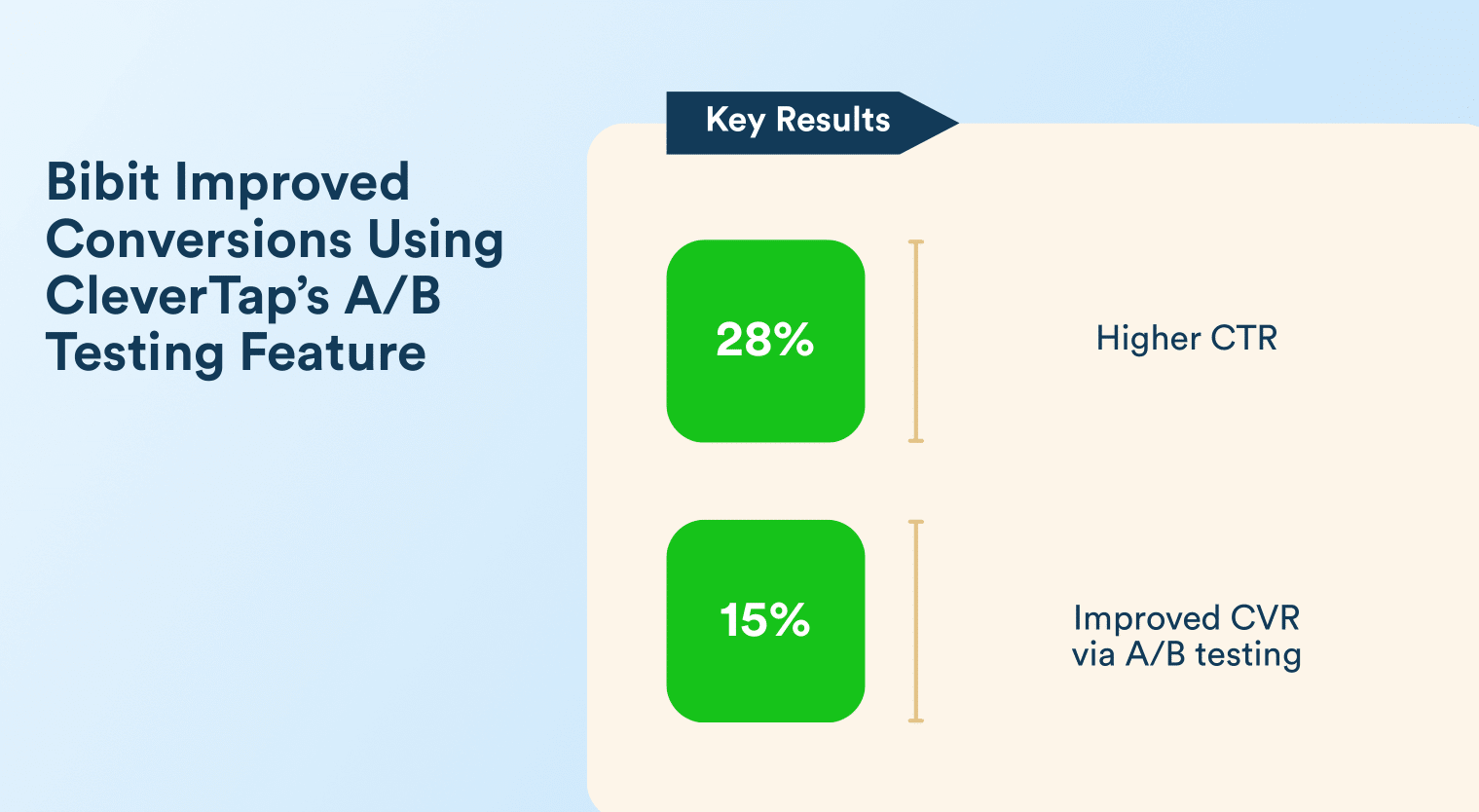
5. Smart RFM Segmentation
RFM analysis traditionally requires manual tagging. Intelligent automation systems can automate RFM by dynamically updating segments as behavior changes. For example, users can be grouped as “new users,” “loyal customers,” or “lapsed high-value” automatically by the system.
CleverTap’s predictive engine specifically identifies high-value and at-risk users using RFM-based segments. Marketers then target each segment with tailored messaging, such as VIP perks for champions and win-back discounts for lapsers, without manual segmentation work.
Shawarmer used CleverTap’s RFM-based segmentation to group customers by recency, frequency, and spend, creating hyper-targeted campaigns across push, in-app, and email channels. The company increased overall sales by 9% and improved retention among at-risk users by 36%—all without additional media spend. This showcases how intelligent automation turns data-driven segmentation into measurable growth.
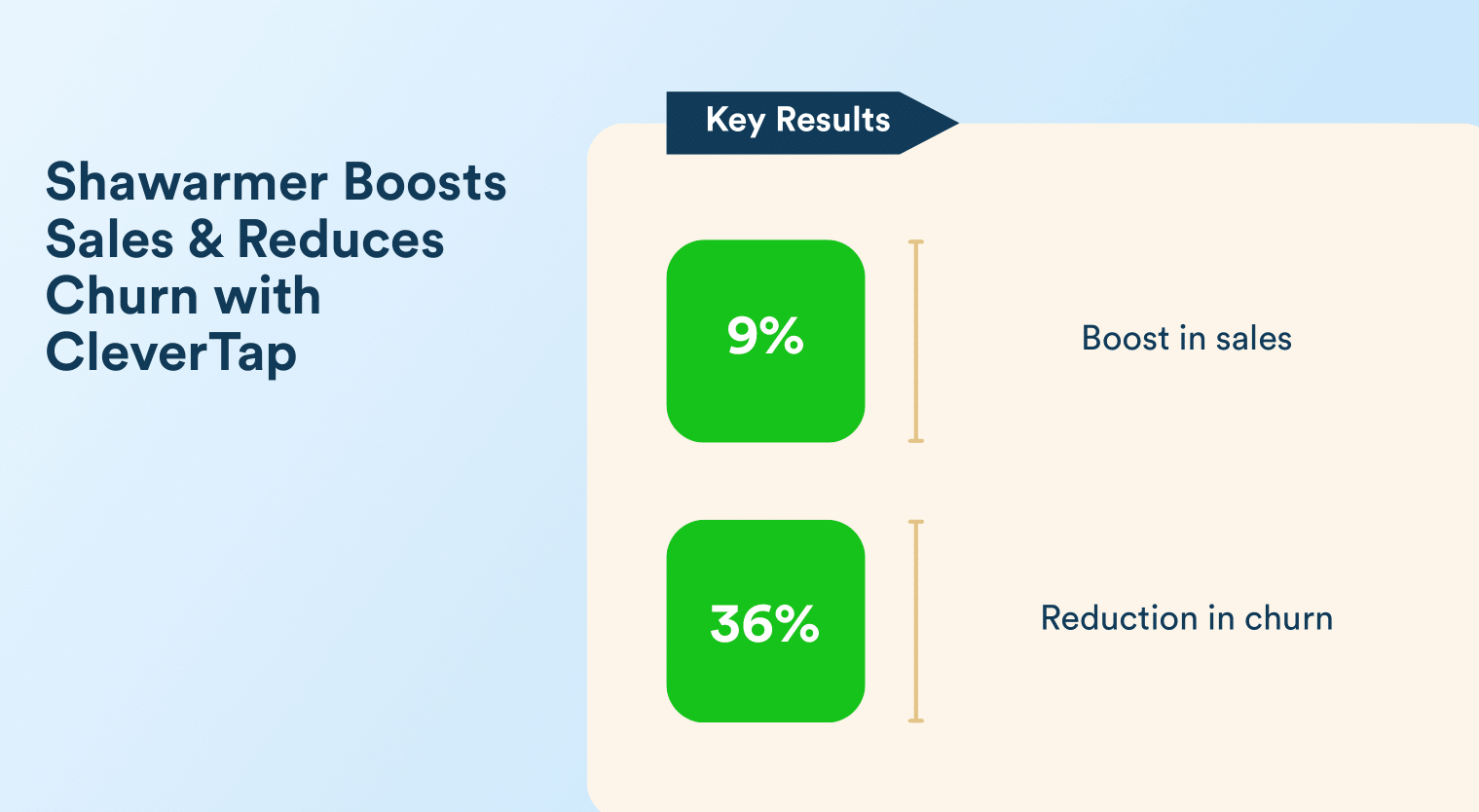
6. Dynamic Content Personalization For Emails And In-App Messages
Content within a message can be personalized per user in real time. For instance, an email might include a section that auto-populates with products the AI predicts the user will like. CleverTap offers AI-powered product recommendations for campaigns.
For example, Ajio utilized CleverTap’s Journeys and dynamic content capabilities to deliver personalized omnichannel experiences. By leveraging real-time behavioral data, Ajio tailored messages across push notifications and in-app messages, enhancing user engagement at each stage of the customer journey.
This approach resulted in a 4X increase in conversions, 41% month-over-month growth in customer retention, and a 28% rise in reactivated users, demonstrating the effectiveness of dynamic content personalization in driving business outcomes.

7. Real-Time Channel Switching Based On Behavior
Intelligent automation allows campaigns to switch channels based on engagement signals. Suppose an email goes unopened; an IA system can mark it and then automatically send a push notification with a similar message instead.
Conversely, if a push fails, maybe because the user disabled notifications, the system might fall back to email or SMS. This smart channel routing ensures the message reaches the user on their preferred medium. Managing this logic manually for many users would be tedious, but IA can manage channel preferences at scale.
8. Journey Orchestration Using AI-Based Decisioning
Modern marketers need to adapt campaigns in real time, orchestrating personalized journeys across multiple channels. Intelligent automation enables this by analyzing user behavior and automatically determining the next best action.
For example, Axis Bank used CleverTap’s CleverAI to streamline customer journeys and achieved a 27% increase in conversions from dropped-off credit card upgrade users and 13% higher conversion rates:
- Automated journeys were triggered in real time, adapting messages to user actions such as loan application drop-offs.
- Campaigns were delivered across channels, ensuring consistent, contextual engagement.
- Using CleverTap’s IntelliNode, Axis Bank implemented automated A/B testing to identify the most effective messaging and channel combinations.
- CleverTap Scribe was used to generate emotion-driven subject lines and copy variations, further optimizing engagement.
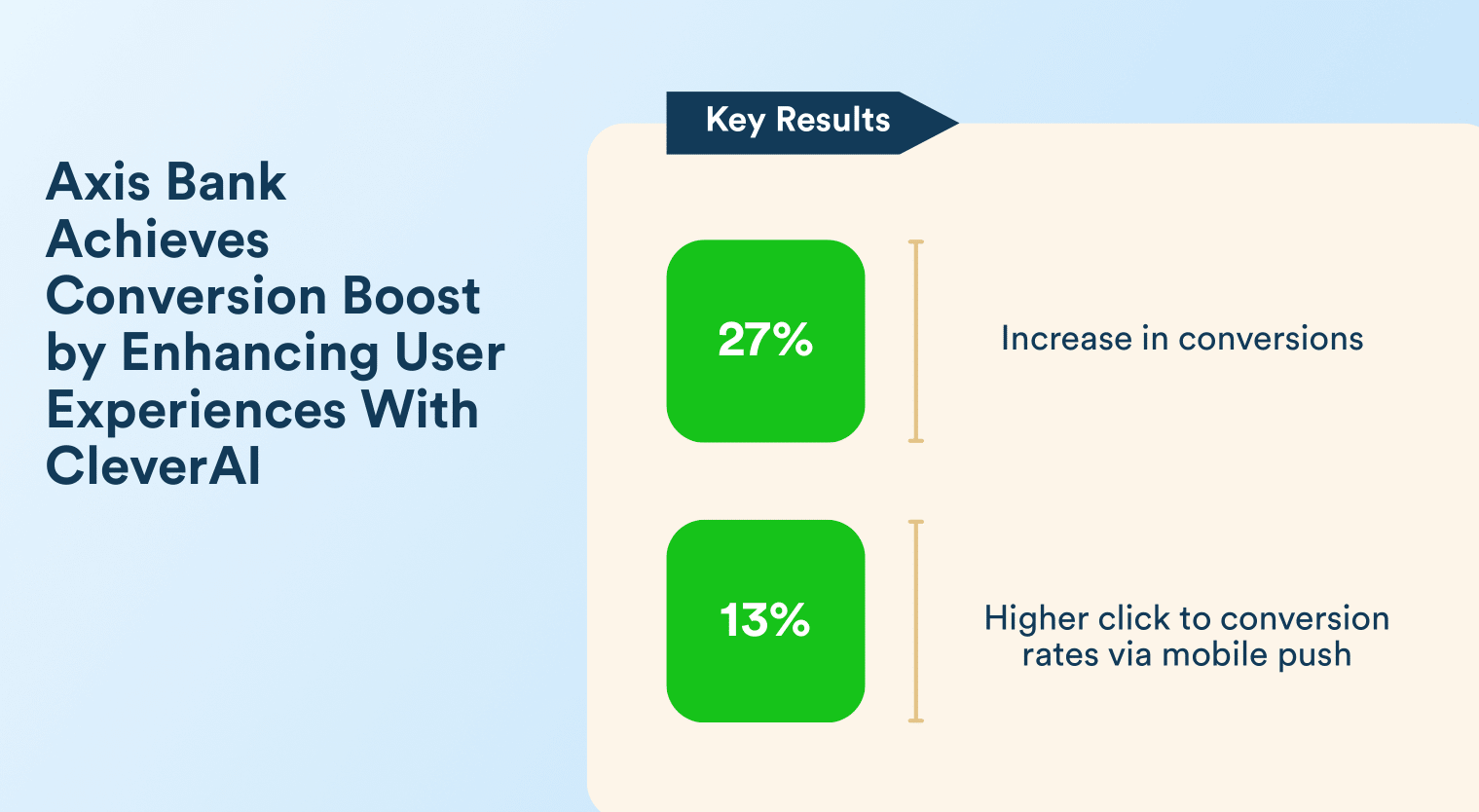
9. Inactivity Re-Engagement Flows
Marketers often want to re-activate dormant users. IA automates this by monitoring user activity and triggering campaigns when inactivity thresholds are met.
For example, Swan leveraged CleverTap to re-engage dormant users who had not transacted for a period through smart segmentation, personalized content, and cross-channel outreach via email and push notifications. The campaign included A/B-tested creatives and incentives, dispatched at optimal times.
This resulted in a 40% boost in email view rates, 3% activation rate among targeted dormant users, and 15% of incremental orders driven by these reactivation campaigns. Cohort-level analytics ensured continuous optimization.
Read the full case study here.
10. Cart and Browse Abandonment Campaigns With Next-Best Actions
Intelligent automation triggers can also handle cart or browse abandonment. When a user leaves items in a cart, an automated message, email, or push notification can be sent featuring either the abandoned item or a recommended alternative. Advanced IA systems even use ML to suggest the next-best offer or discount automatically.
For example, after a cart abandonment, CleverTap’s CleverAI might follow up with a push suggesting complementary products or a coupon code. By automating these recovery sequences, IA recaptures sales that might otherwise be lost.
11. AI-Based Cohort Analysis And Journey Drop-Off Alerts
Finally, intelligent automation continuously analyzes campaign data and alerts marketers to insights. For instance, the system may detect that a particular user cohort is not engaging with any messages and flag it, or it may notice a sudden drop-off at a specific funnel stage and alert the team.
Advanced platforms offer real-time analytics and anomaly detection, effectively acting as an always-on analyst. This ensures teams can react quickly to performance issues, such as adjusting a message in real time, instead of discovering them much later in periodic reports.
Learn more about how to conduct cohort analysis.
Turning Data into Decisions with Intelligent Automation
Intelligent automation helps make smarter marketing decisions in real time. By combining AI-driven insights, predictive analytics, and automated workflows, marketers can anticipate customer needs, personalize engagement instantly, and optimize every campaign without manual intervention.
As intelligent automation evolves, it will move from a marketing advantage to a business necessity for brands seeking sustained, data-driven growth.
Explore CleverTap’s AI-powered customer engagement platform to see how intelligent automation can transform your marketing. With features like AI-driven segmentation, predictive analytics, and automated campaign orchestration, CleverTap equips marketers to deliver personalized experiences at scale and drive growth.
Agnishwar Banerjee 
Leads content and digital marketing.Expert in SaaS sales, marketing and GTM strategies.
Free Customer Engagement Guides
Join our newsletter for actionable tips and proven strategies to grow your business and engage your customers.

